-
Kamakshi S
04th Feb 2013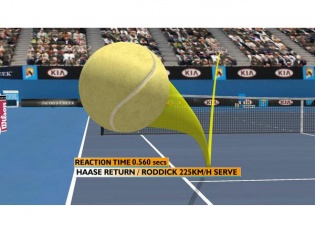
Use of technology in sports is not new in itself — the term photo-finish originates from horse racing and sprinting, where photos were taken at the finish line to determine which horse / runner won the race. Modern sports too, have warmed up to the idea of using technology to help make fair decisions in a game. A simple example is that of video of a run-out being played in slow motion to help make a decision that could have match changing consequences. Then, of course, there are more complex technologies, some of which were initially introduced for the benefit of television audiences (!), and later they made it into the sport itself. Here are some interesting technologies that are playing a part in sports:
Hawk-Eye (for tennis, cricket, baseballl, snooker and football)
Developed by a company called Roke Manor Research Ltd, in 1999; Hawk-Eye is a popular system consisting of high-speed cameras to record the motion of a ball and a complex computer program that tracks and predicts its trajectory (path taken). First used in the Ashes series (cricket) in 2001 by Channel 4, the technology was later picked up by BBC for its Davis Cup (tennis) coverage in 2002. While initially built to aid televised proceedings of the sport, the technology is now actively used in the adjudication (dispute settlement) process, mainly in tennis and cricket. Other sports like baseball, snooker, and football (goal-line technology, as they are called) are set to benefit from this in future. The technology is now completely owned by Sony since March 2011.The technology first shot into limelight when Jennifer Capriati beat Serena Williams in the quarters of the 2004 US Open and Williams contested many wrong calls. While TV replays showed the decisions to be wrong, the calls weren't reversed. However, after this incident, the line calling assistance (Auto-Ref system) started penetrating into the system. It was officially accepted in the same tournament in 2006.
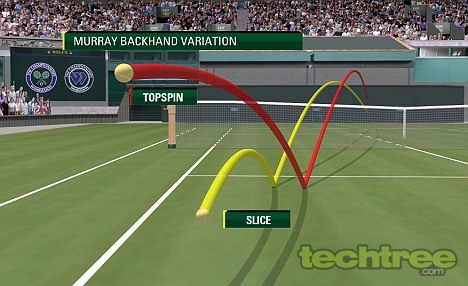
As for cricket, the system is officially used to decide LBW decisions: It tracks where the ball pitched, where it hit the batsman's leg, and whether or not it would have gone on to hit the stumps. Apart from that, the technology is used in a variety of telecast animations, such as the wagon wheel (that shows which part of the field got the batsmen how many runs), despin (showing how the ball behaved after being pitched), ball speeds, and reaction time (the response time to take catches).
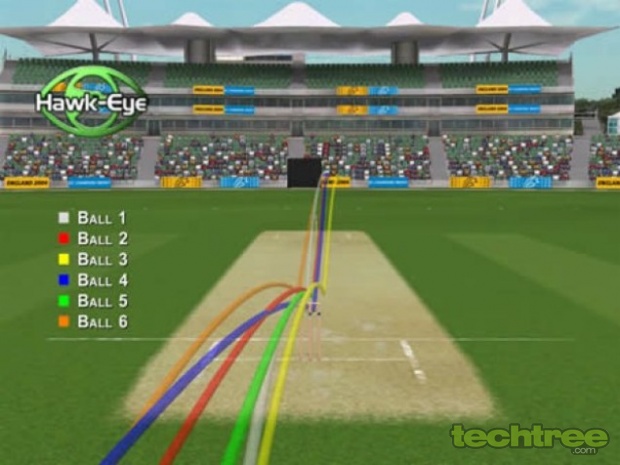
GoalRef (for football)
GoalRef is a technology that is competing with Hawk-Eye for implementation in football. Both aim at determining if the ball has fully crossed the line. GoalRef, developed by Germany-based Fraunhofer IIS, is a radio-based sensing system which makes use of low-frequency magnetic fields placed around the goal post. The ball comes embedded with copper coils which trigger the magnetic strips placed along the goal post when the ball cross the goal post (in contrast to Hawk-Eye, mentioned above, which works using cameras that track the ball).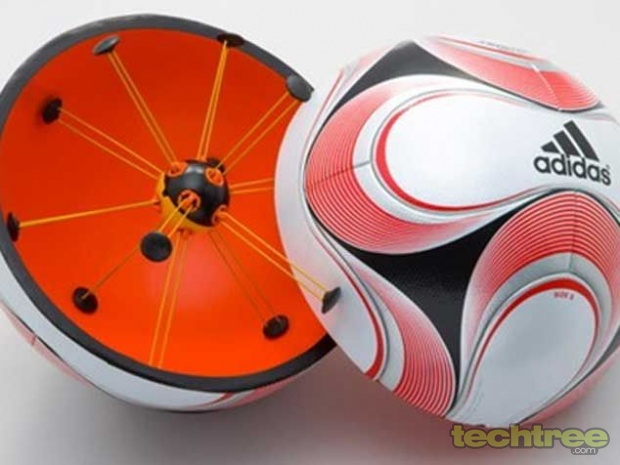
Snickometer (for cricket)
Another technology used in television replays for cricket matches is the Snickometer. The system, created way back in the mid-1990s, uses a microphone placed on the stumps, with the sound intensity measured at every instant. By analysing the intensity of sound just before the wicket keeper catches the ball, commentators suggest if the ball has hit the batsman's pads, bat, the pitch, or has made no contact at all.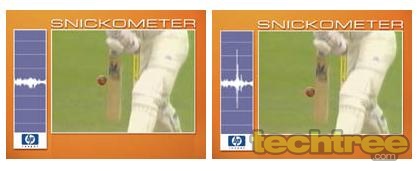
Hot Spot (for cricket)
Hot Spot is considered more accurate than the Snickometer. The set up consists of infra-red cameras that measure heat that results from friction when the ball hits the pad, or bat, or the ground, or the batsman's glove, as the case may be. The amount of heat generated in each of these cases is different, and by knowing the 'heat signatures' of each of these contacts, the system can know exactly where the ball hit.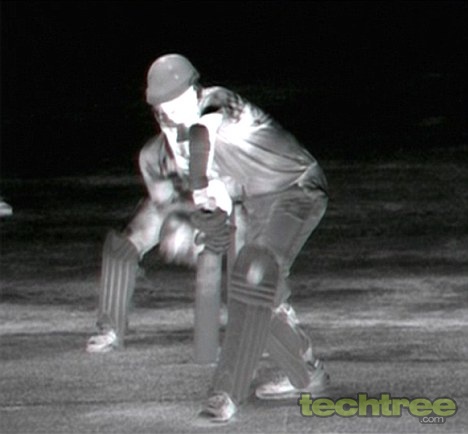
Technologies That Make Sports Fair And Fun | TechTree.com
Technologies That Make Sports Fair And Fun
Technology has brought in means to reduce or remove the element of human error in judgement, where it's a close call.
News Corner
- DRIFE Begins Operations in Namma Bengaluru
- Sevenaire launches ‘NEPTUNE’ – 24W Portable Speaker with RGB LED Lights
- Inbase launches ‘Urban Q1 Pro’ TWS Earbuds with Smart Touch control in India
- Airtel announces Rs 6000 cashback on purchase of smartphones from leading brands
- 78% of Indians are saving to spend during the festive season and 72% will splurge on gadgets & electronics
- 5 Tips For Buying A TV This Festive Season
- Facebook launches its largest creator education program in India
- 5 educational tech toys for young and aspiring engineers
- Mid-range smartphones emerge as customer favourites this festive season, reveals Amazon survey
- COLORFUL Launches Onebot M24A1 AIO PC for Professionals







TECHTREE